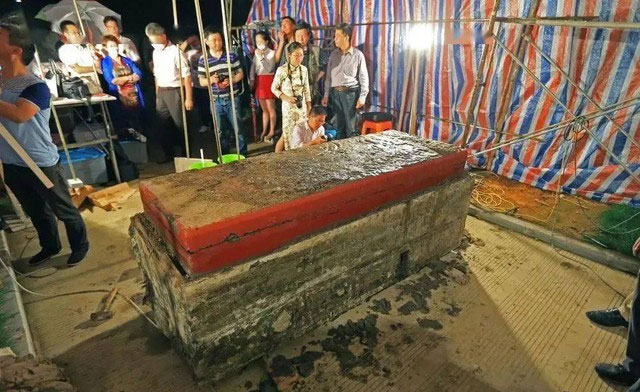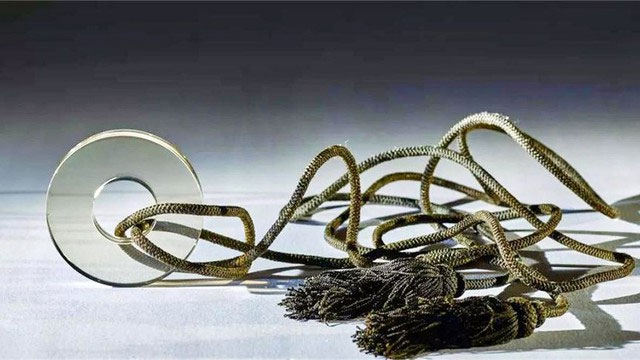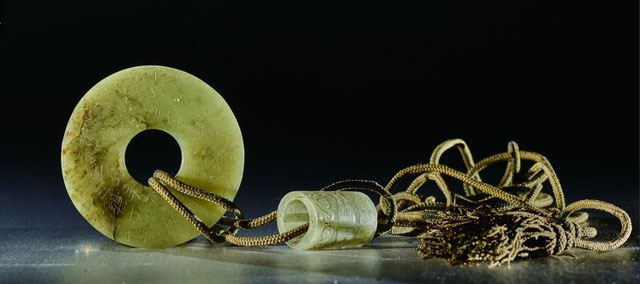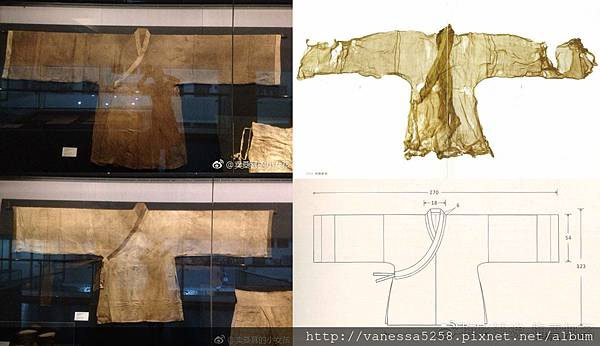Archaeologists even believe that this object was left behind by someone who “traveled through time”.
In 2016, a resident of Taizhou city, Zhejiang province accidentally dug up an ancient tomb while digging the foundation to build a house. This person immediately notified local authorities and the local Heritage Management Department. Immediately, a group of archaeologists was sent to check. However, this ancient tomb is in a seriously degraded state, making any movement by experts very difficult.
 The coffin in the ancient tomb was studied after excavation. (Photo: Sohu).
The coffin in the ancient tomb was studied after excavation. (Photo: Sohu).
While they were searching, an object emitted sparkling light when sunlight or lights shined on it, attracting the archaeologists’ attention. Turns out, it was a circular piece of glass threaded through a wire. According to experts, this tomb belongs to the Southern Song period, about 800 years ago, and it is unlikely that this piece of glass could have appeared in that era. Therefore, they decided to bring it back to the laboratory.
 In the ancient tomb, archaeologists found a circular piece of glass. (Photo: Sohu)
In the ancient tomb, archaeologists found a circular piece of glass. (Photo: Sohu)
During research, archaeologists discovered this strange object with a diameter of about 7.5 cm; A small amount of cotton is stuck on top, and the surrounding edges have clear lines. Its appearance is very similar to modern round pieces of glass. They were very confused by the perfection of this object. Many people also believe that this is an object left behind by someone who “traveled through time”.
Finally, after a period of testing, archaeologists confirmed that the piece of glass was a cultural relic . It was a burial item placed in Trieu Ba Van’s tomb. According to the book “The Family’s Chain of Faith” , Trieu Ba Van is the 7th generation great-grandson of Song Thai To Trieu Khuong Dan.
 In addition to the round piece of glass, archaeologists also found a similar round piece of jade in the tomb. (Photo: Sohu)
In addition to the round piece of glass, archaeologists also found a similar round piece of jade in the tomb. (Photo: Sohu)
In addition to the round piece of glass, archaeologists also found a similar round piece of jade in the tomb. They are a pair that go together. Trieu Ba Van was originally a writer during the Southern Song Dynasty. All his life he pursued solemnity, so he ordered a piece of glass and a round piece of jade to show his noble temperament. He always carried them with him, and after death he also chose to take them to the grave.
 In the tomb, they also found many sets of clothes, socks, shoes, accessories made of silk, brocade, silk cotton… made with rare textile techniques in the world. (Photo: Sohu)
In the tomb, they also found many sets of clothes, socks, shoes, accessories made of silk, brocade, silk cotton… made with rare textile techniques in the world. (Photo: Sohu)
According to reports by archaeologists, in Trieu Ba Van’s tomb, they also found many sets of clothes, socks, shoes, accessories made of silk, brocade, silk cotton… dating from the Southern Song Dynasty made of Rare textile techniques in the world. This batch of cultural relics is so valuable that they call them “Tong Phu Chi Quan”.
The excavation of Zhao Bayun’s tomb not only gives posterity the opportunity to understand China’s ancient culture, but also reminds us of the importance of protecting culture.





